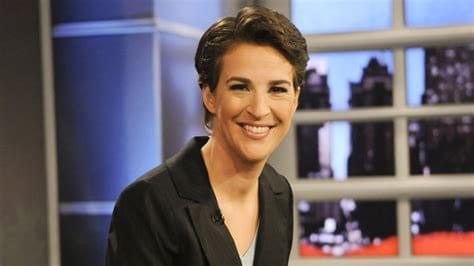In a recent turn of events, the resignation statement of an educational leader shed light on the discomfort caused by diversity trainings, igniting debates about their place in educational settings.
The resignation statement underscored the discomfort these trainings created, which fueled debates about how such perspectives should be addressed in educational settings. The controversy surrounding diversity trainings has become a hot topic in educational circles, with proponents and critics voicing their opinions on the effectiveness and appropriateness of these programs.
Proponents argue that diversity trainings are essential for creating inclusive environments and promoting understanding and acceptance among students and staff. They believe that such trainings help address issues of bias, discrimination, and inequality, ultimately leading to a more equitable educational experience for all.
On the other hand, critics argue that diversity trainings often miss the mark and can sometimes do more harm than good. They point to instances where these trainings have been accused of promoting divisive ideologies or stifling free speech. Critics also raise concerns about the quality and effectiveness of these programs, suggesting that they may not always achieve their intended goals.
The debate over diversity trainings has sparked discussions about how best to address issues of diversity, equity, and inclusion in educational settings. Some advocate for more comprehensive approaches that go beyond one-time trainings and instead focus on systemic change within institutions. This may include implementing policies and practices that promote diversity and inclusion at all levels of the organization.
Others argue for a more cautious approach, emphasizing the need for balanced and nuanced discussions that respect differing viewpoints. They suggest that diversity trainings should be carefully designed to avoid alienating participants or reinforcing stereotypes.
The controversy has also raised questions about the role of educational leaders in navigating these issues. While some leaders have taken a firm stance in support of diversity trainings, others have expressed reservations or even outright opposition. This has led to internal conflicts within educational institutions and calls for greater clarity and consistency in policy implementation.
Moving forward, it is clear that the debate over diversity trainings in educational settings is far from over. As institutions grapple with how best to address issues of diversity, equity, and inclusion, finding common ground and fostering open dialogue will be key to creating positive change. Only through thoughtful and inclusive approaches can educational settings truly become environments where all students and staff feel valued and respected.
